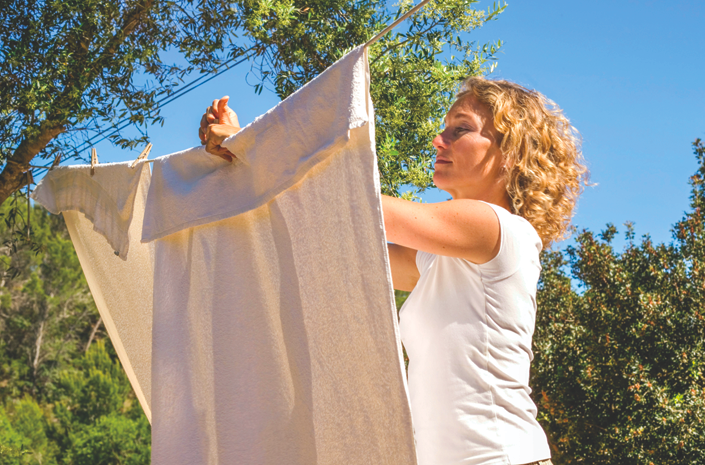Spring cleaning is an annual tradition in many households. After a winter spent cooped up indoors, spring cleaning can rejuvenate a household and provide a great chance to rid a home of a season’s worth of clutter.
Donating old clothes and cleaning out the garage are popular spring cleaning projects, but there are a host of additional tasks homeowners can tackle to freshen up their homes this spring.
Floors
Simply vacuuming or sweeping the floors might not be enough to banish some of winter’s most uninvited guests. Dust has a way of settling into a home over the course of a typical winter, and it’s easy for a home’s inhabitants to track dirt and debris inside as well. After vacuuming or sweeping floors, go over them with a mop. Doing so can remove any lingering dust, dirt, debris, and allergens the vacuum or broom failed to pick up. Apply wood cleaner and polish to wood floors to make them look even cleaner.
Baseboards
Though baseboards might not seem all that dirty, upon closer inspection homeowners might notice substantial accumulations of dirt and dust. Such dirt and dust many not be removed so easily, so homeowners might need to use hot water and a sponge to remove any debris that is clinging.
Curtains
Curtains also may have absorbed substantial amounts of dust, dirt and debris over the winter. This might be more visible near the end of winter when more sunlight begins to shine through. Clean the curtains in adherence to the manufacturer instructions before you open windows for the season so any wind that blows in does not spread debris onto nearby furniture. Once the curtains have been washed, opening windows may help them dry more quickly.
Bathrooms
Bathrooms also tend to bear the brunt of winter weather, as mold and grime can accumulate throughout a season in which it’s too cold to open bathroom windows to let fresh air in after bathing. Inspect ceilings, tubs, shower stalls, and floors for any signs of mold growth or grime. Mold growth in a home can lead to respiratory problems and exacerbate existing conditions such as asthma, so it’s best to inspect bathrooms for any signs of mold growth throughout winter. If you have let that slip, prioritize such inspections come spring cleaning time.
Furniture
It’s easy to overlook furniture when tackling spring cleaning, but dust and dirt can quickly accumulate on couches and chairs over the course of winter. When possible, vacuum furniture to remove any debris that might have accumulated while windows and doors were kept shut, and shampoo any cushions or seat covers that don’t pass the smell test.
Spring cleaning encompasses a host of tasks, and homeowners who want a truly clean house should not overlook smaller tasks that can produce big results. SH162853





